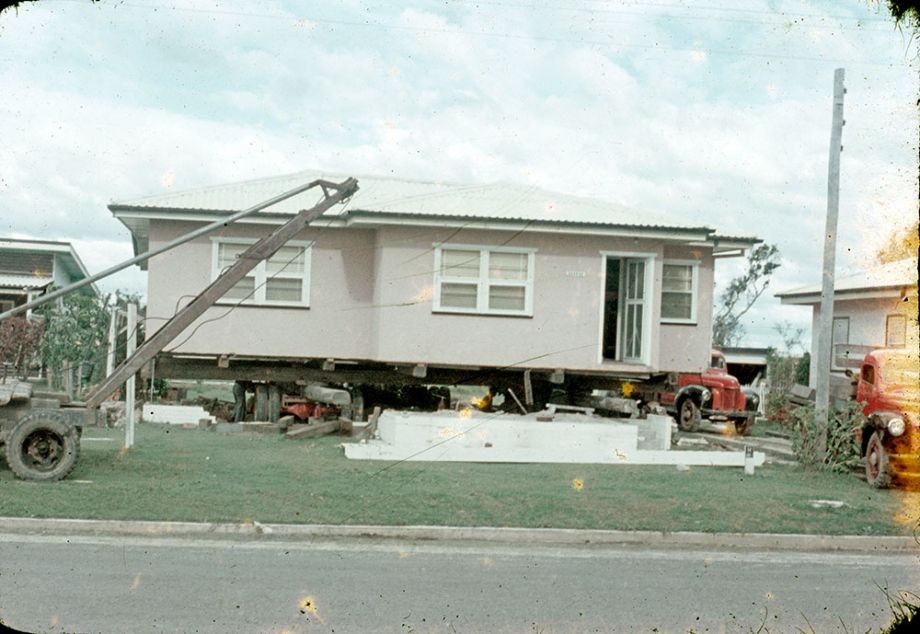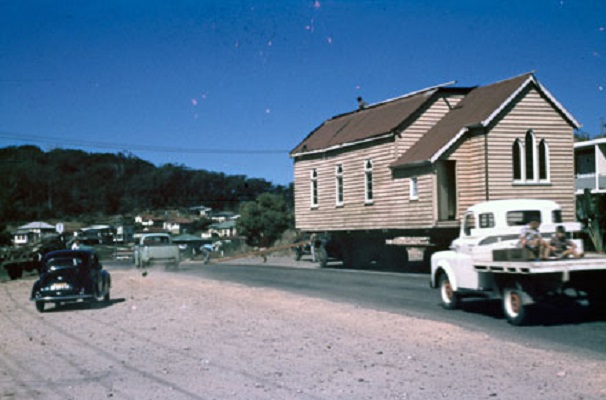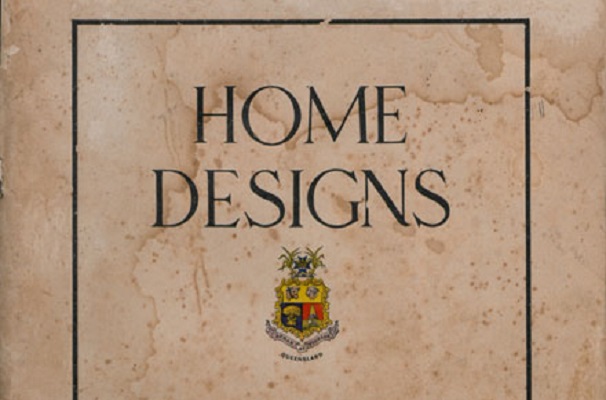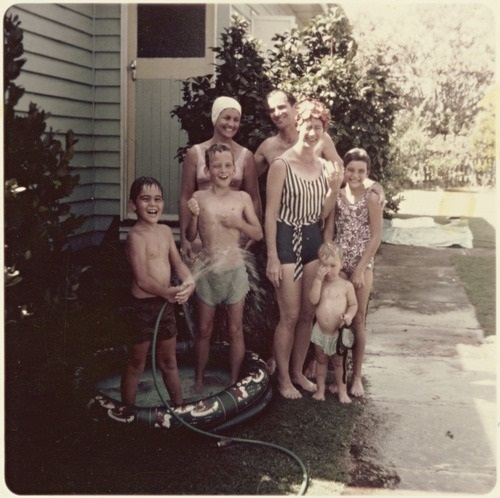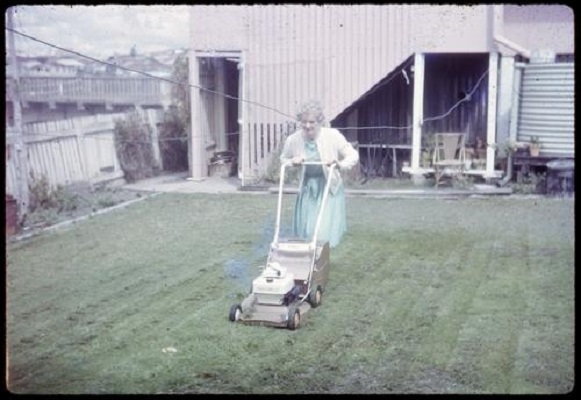- Home
- A home of your own
/
A home of your own
In the 1950s about half of all houses in Australia were owner built. Land on the fringes of cities and country towns was relatively cheap and there were few extra costs, especially if the roads were still unpaved and sewage connection unavailable. Prior to concrete slab technology, which became ubiquitous in the 1970s, people often had the skill base to build a basic house, often just a couple of rooms at first, usually with some help from friends and family. Home ownership peaked in 1966 at 71 per cent. In recent years, with rapidly rising property values, many households have been unable to save enough for a deposit. After the Second World War both State Government and the Australian Government funded housing commissions, providing modestly priced rental housing in the cities and towns. Much of this housing was subsequently sold off.
Today, Queensland has the lowest proportion of public and social housing of any state.
The apartment industry, which has flourished since early this century, is primarily driven by developers and investors. Tenants have little ability to alter an apartment for their own needs, whether that might be to accommodate young children, the disabled or the elderly. High rise apartment blocks have been criticised because of lack of open space provision, especially for children. And almost all modern blocks are air conditioned, making them heavy users of electricity. Air conditioning provides freedom from higher temperatures, but not from climate change.
The freedom to own your own home, once regarded as an essential Australian aspiration is falling out of the grasp of many.
Starting in 1972, inner-city residents of the city of Brisbane in Australia struggled against the Queensland Government's plan to build a freeway that would destroy their community. The residents were offered inadequate compensation for their properties and the State government was cold-hearted and dismissive of the community's concerns. As their voice went unheard, the residents decided to change tact and joined together in and effort to make the Government "sit up and take notice" of them.
To highlight their case, the residents and their supporters occupied recently evacuated Main Roads Department houses. The State Government responded with a provocative show of strength. They used the police to carry out evictions. The Government also used scab labour to hurriedly demolish houses right before people's eyes. The protestors were forced into frightening confrontations with baton-wielding police dramatically captured in this film. When the protestors appealed for justice, they were dismissed by the Minister for Main Roads as "fairies" and "a pain in the neck."
The residents ultimately won the battle. The freeway was never built. Unfortunately their victory came at a price with the partial dismantling of their community in the process.
This film is about winning and how to win. While highlighting the valiant struggle of the people of Bowen Hills, this is also a universal story that may prove helpful to others facing a similar threat.
